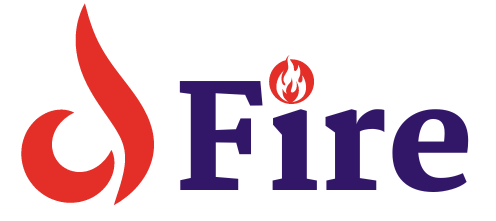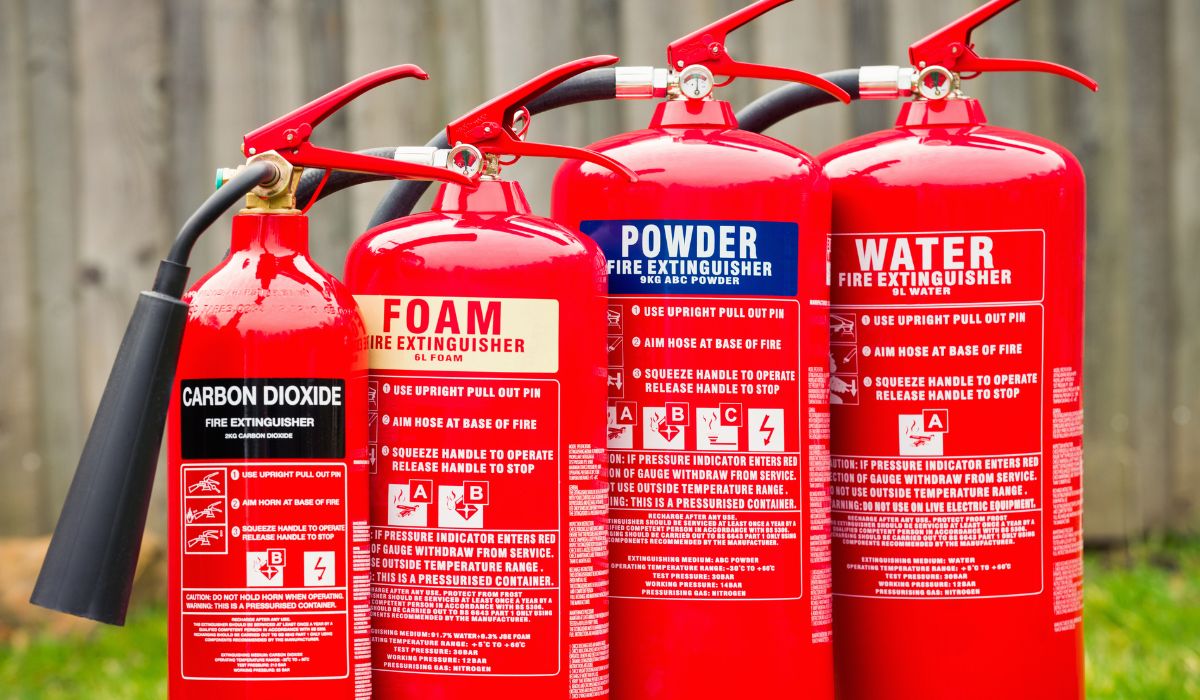Fire extinguishers come in various types, including water, foam, dry powder, CO2, and wet chemical. Each is designed for specific classes of fires.
Understanding fire extinguisher types is crucial for effectively combating different fire classes. Water extinguishers are best for ordinary combustibles like paper and wood. Foam units tackle flammable liquids and solids, making them ideal for garages and vehicle shops. Dry powder extinguishers work on most fires, including electrical, making them versatile for general use.
CO2 extinguishers are preferred for electrical fires, as they do not leave a residue. Wet chemical extinguishers are specially designed for cooking oil and fat fires typically found in kitchens. Selecting the right extinguisher is not just about safety; it’s also a compliance issue. Ensure you’re equipped with the appropriate type for your environment to protect people and property effectively.
Introduction To Fire Extinguisher Essentials
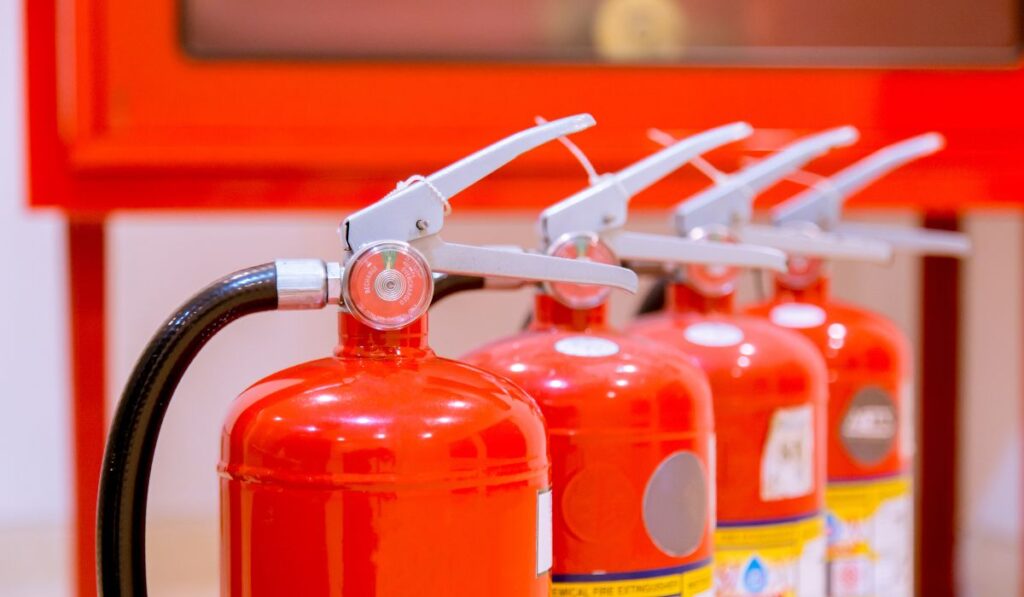
Understanding the basics of fire extinguishers is crucial for safety. Each type serves a unique purpose. Knowing the right one to use can prevent disasters. Let’s dive into the essentials of fire extinguishers.
The Role Of Fire Extinguishers In Safety
Fire extinguishers are first responders against small fires. They contain the right agents to tackle different fire classes. Their role is vital in preventing the spread of fires. Fire extinguishers save lives and property.
- Prevent small fires from spreading
- Save lives
- Protect property
- Essential in emergency plans
Common Misconceptions About Fire Extinguishers
Many people believe that all fire extinguishers are the same. This isn’t true. Each type works on specific fire classes.
| Type | Class of Fire | Use Case |
|---|---|---|
| Water | A | Organic materials |
| Foam | A, B | Liquids, petrol |
| Dry Powder | A, B, C, electrical | Various fires |
| CO2 | B, electrical | Flammable liquids, electrical fires |
| Wet Chemical | K | Cooking oils, fats |
Another misconception is that fire extinguishers last forever. They need regular checks and maintenance. Replace or service them as recommended.
- Not all extinguishers are the same
- Different types for different fires
- Regular maintenance is needed

Fire Classifications
Every fire is unique, with different fuel sources and risks. To tackle them effectively, it’s vital to understand “Fire Classifications”. Knowledge of these categories helps choose the correct fire extinguisher and ensures a safe, swift response.
Understanding Different Types Of Fires
Identifying the type of fire is the first step in ensuring you can extinguish it safely. Different fuels create different fires, each needing a specific approach. Fires are classified from Class A through to Class K, reflecting their fuel source.
Classes A Through K: Identifying Fire Sources
| Fire Class | Material | Extinguisher Type |
|---|---|---|
| A | Ordinary combustibles like wood, paper, and cloth | Water, Foam, Dry Chemical |
| B | Liquids like oil, gasoline, and paint | CO2, Dry Chemical, Foam |
| C | Electrical equipment fires | CO2, Dry Chemical |
| D | Metals like magnesium and aluminum | Metal-X, Dry Powder |
| K | Cooking oils and fats | Wet Chemical |
For instance, Class A fires include common materials like wood and paper. Class B are fires fueled by flammable liquids. Electrical fires fall under Class C, whereas Class D includes combustible metals. Finally, fires in commercial kitchens, involving cooking oils, are Class K.
Matching Extinguishers To Fire Classes
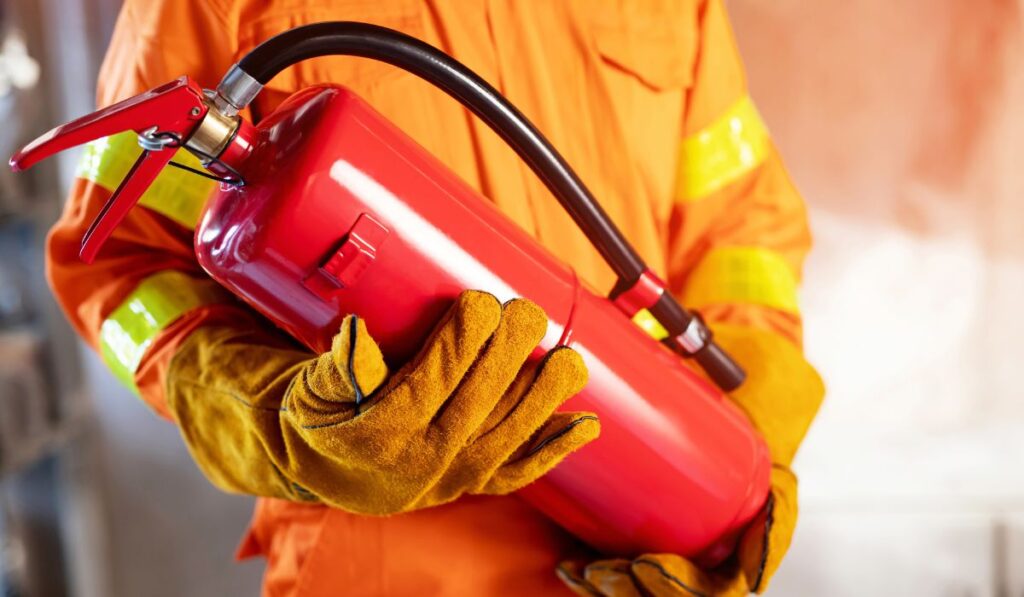
Fires are not all the same, and neither are the tools to put them out. It’s vital to
match the type of fire extinguisher with the specific class of fire it’s designed to fight.
Doing so ensures safety and effectiveness in emergency situations. Let’s explore how to select the right fire extinguisher.
Selecting The Right Extinguisher For Each Class
It begins with understanding fire classes:
- Class A – Ordinary combustibles like wood and paper
- Class B – Flammable liquids like gasoline and oil
- Class C – Electrical fires
- Class D – Flammable metals
- Class K – Cooking oils and fats in kitchens
Each class pairs with extinguishers:
| Fire Class | Extinguisher Type |
|---|---|
| Class A | Water, Foam, Dry Chemical |
| Class B | Carbon Dioxide, Dry Chemical, Foam |
| Class C | Non-Conductive Agents like CO2, Dry Chemical |
| Class D | Metal/Sand-Like Agents |
| Class K | Wet Chemical Extinguishers |
Consequences Of Using Incorrect Extinguisher Types
Choosing the wrong extinguisher can cause harm. Consider these scenarios:
- Using water on a grease fire can cause an explosion,
- Applying water to electrical fires increases shock risk,
- Incorrect agents can spread the fire further.
Ensure safety by matching extinguishers to fire classes. Read labels carefully and
train on proper use.
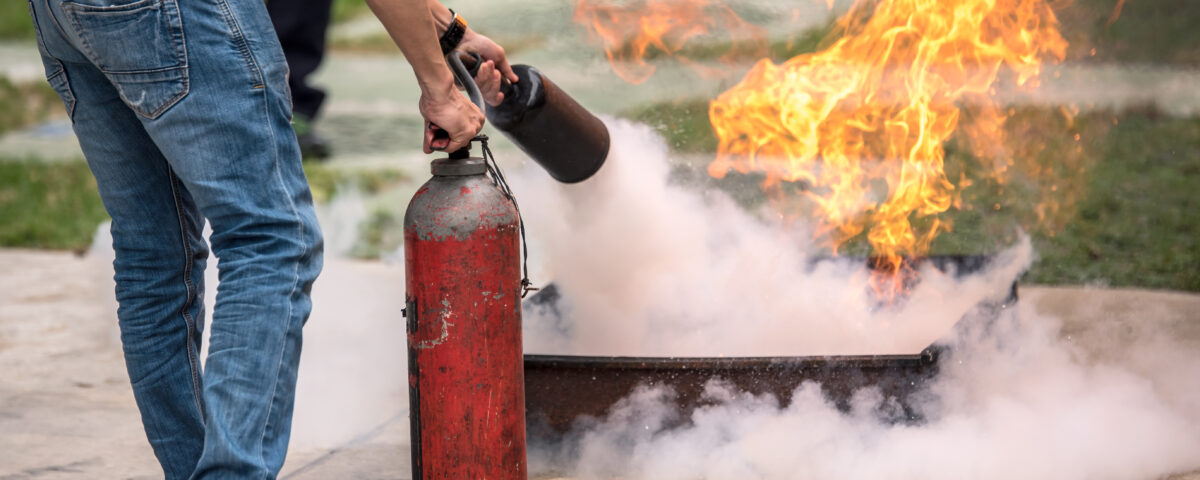
Water And Foam Extinguishers
Fire extinguishers are vital for safety.
Among the many types, Water and Foam Extinguishers stand out.
They battle different fire classes.
Let’s dive into their mechanisms and where they work best.
Mechanism Of Action For Water
Water extinguishers use the simplest form of firefighting—water.
The water cools burning material.
It quenches fires effectively this way.
- Best for Class A fires – ordinary combustibles.
- Not for grease, oil, or electrical fires.
Applications And Limitations Of Foam Agents
Foam extinguishers are unique.
They form a blanket over the fire.
This blanket cuts off the oxygen.
It stops fires from spreading.
| Applications of Foam | Limitations of Foam |
|---|---|
|
|
